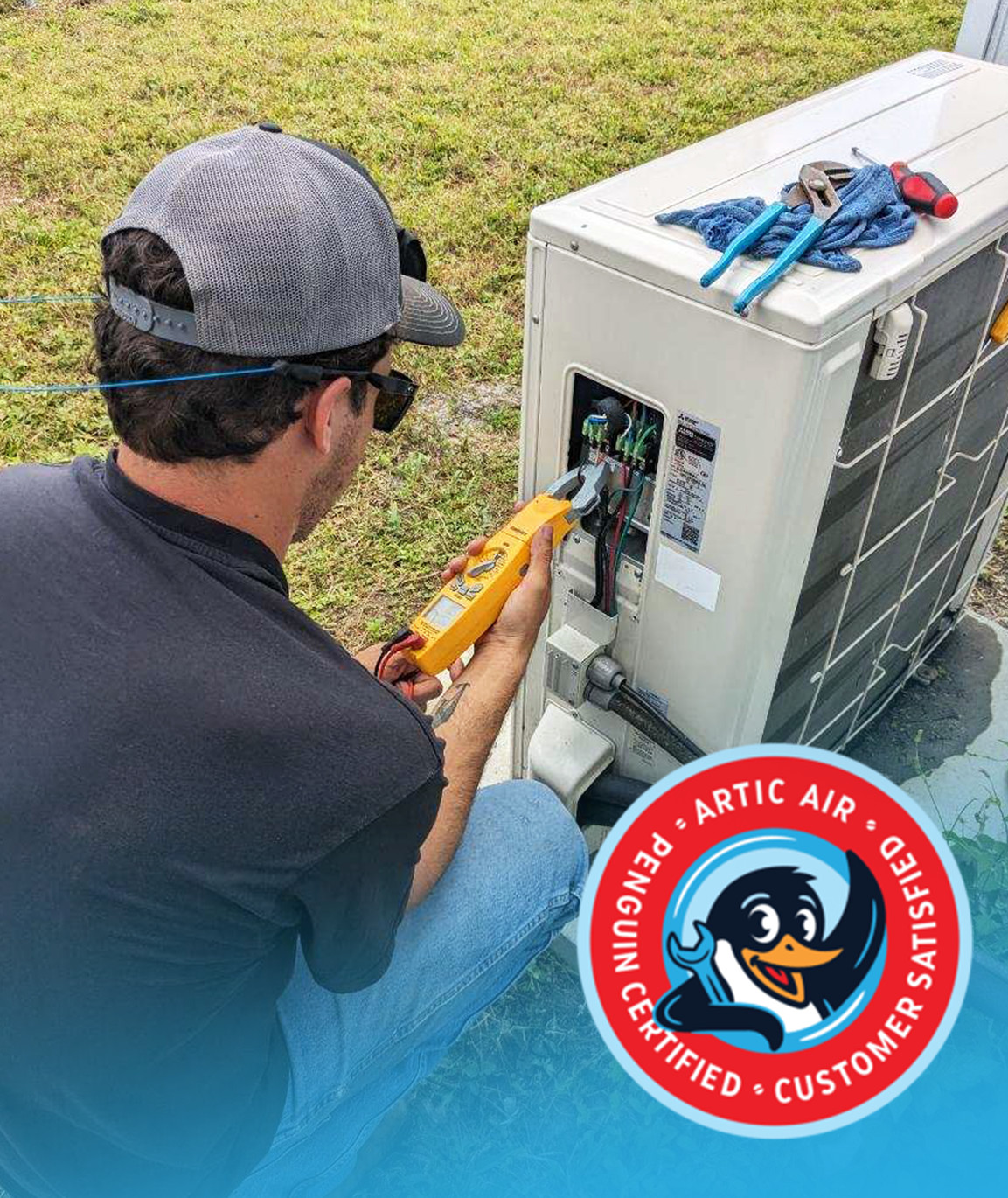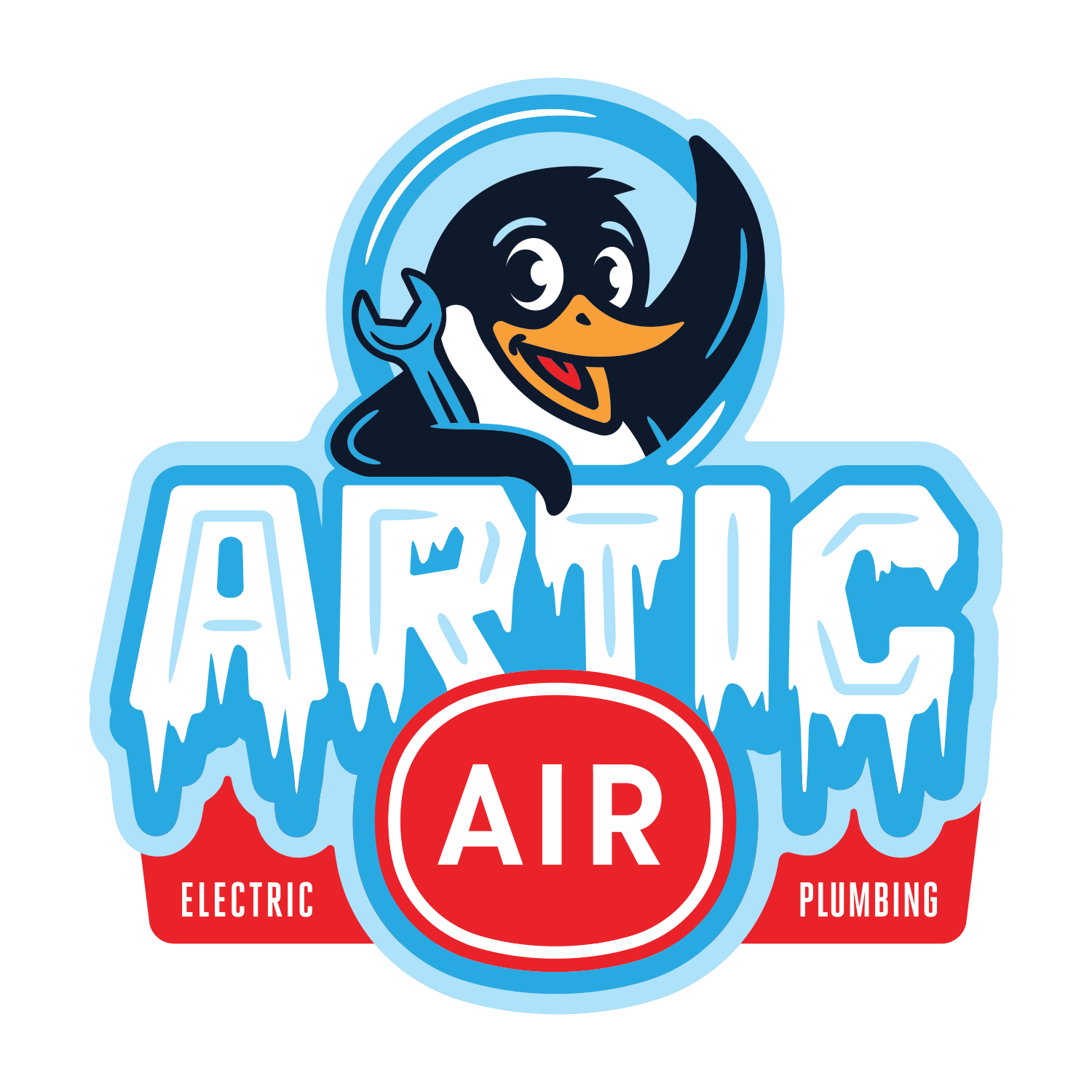4.9 Google Rating
Does It Matter Where You Place Your Thermostat?
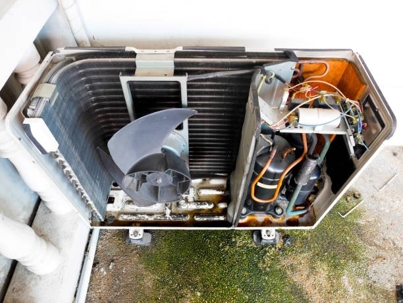
The thermostat is the brain of your HVAC system, regulating the temperature to ensure your home stays comfortable year-round. However, the effectiveness of your thermostat depends largely on its placement. A poorly placed thermostat can lead to inaccurate temperature readings, inefficient energy use, and discomfort. In this blog, we’ll explore why thermostat placement matters and how to choose the best spot for your thermostat to optimize your home’s heating and cooling efficiency.
Why Thermostat Placement Matters
- Accurate Temperature Readings
A thermostat needs to measure the true ambient temperature to function correctly. Incorrect placement can cause it to register temperatures that are not representative of the entire living space.
- Efficient Energy Use
Proper placement ensures that your HVAC system runs efficiently. If the thermostat is placed in an area with temperature extremes, such as near a window or a heat source, it may cause the system to overwork, leading to higher energy bills.
- Consistent Comfort
A well-placed thermostat helps maintain a consistent and comfortable temperature throughout your home. Poor placement can result in uneven heating or cooling, leading to hot or cold spots.
Best Places to Install Your Thermostat
- Interior Walls
Install your thermostat on an interior wall, away from direct sunlight, drafts, and other sources of heat or cold. This helps ensure it measures the average room temperature accurately.
- Central Location
Place the thermostat in a central location, preferably in a main living area like the living room or hallway. This ensures the temperature reading reflects the areas where you spend the most time.
- Eye Level
Mount the thermostat at eye level, approximately 5 feet from the floor. This height allows for an accurate reading of the ambient air temperature.
Places to Avoid Installing Your Thermostat
- Near Windows and Doors
Avoid placing your thermostat near windows, doors, or any areas prone to drafts. These spots can cause fluctuating temperatures that mislead the thermostat into incorrect readings.
- Direct Sunlight
Placing a thermostat in direct sunlight can cause it to read a higher temperature than the actual room temperature, leading to overcooling.
- Near Heat Sources
Keep the thermostat away from heat sources like ovens, stoves, fireplaces, and even electronic devices that emit heat. These can cause the thermostat to think the room is warmer than it is, resulting in overcooling.
- Bathrooms and Kitchens
Avoid bathrooms and kitchens, where temperature and humidity levels fluctuate significantly due to activities like cooking and showering.
Tips for Optimal Thermostat Performance
- Use Zoned Systems
If your home has multiple heating and cooling zones, install separate thermostats in each zone. This allows for more precise control and improved energy efficiency.
- Programmable Thermostats
Consider using programmable or smart thermostats. These devices offer advanced features like scheduling and remote control, helping you maintain optimal temperatures efficiently.
- Regular Maintenance
Keep your thermostat clean and well-maintained. Dust and dirt can interfere with its sensors, leading to inaccurate readings.
The placement of your thermostat is more important than you might think. By choosing the right location, you can ensure accurate temperature readings, efficient energy use, and consistent comfort throughout your home. Follow these guidelines to optimize your thermostat’s performance and enjoy a well-regulated indoor climate.
The post Does It Matter Where You Place Your Thermostat? appeared first on Artic Air.
Recent Posts

Welcoming DePriest into the Artic Air Family
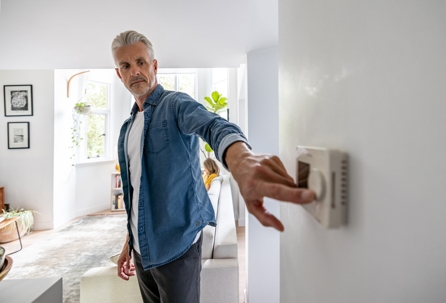
Understanding SEER Ratings
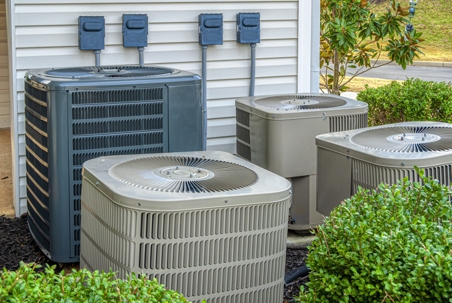
AC Sizing: Why It Matters
Get in Touch
